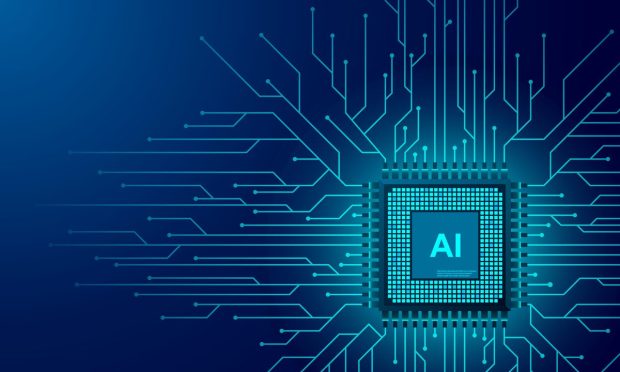With Payments, AI Glues the Connected Economy Together

Not all that long ago, media reports documented the ways in which artificial intelligence (AI) could be used to craft jokes.
A bit of whimsy, perhaps.
But the endeavor highlights the ways in which data, used with algorithms — the basic churn of analysis — can parse the nuances of language, of real-time interactions, to craft a response.
The critical principle is that the machine learns and adapts to new situations.
AI, we contend, is the glue that will cement Connected Economy together, bringing far-flung activities together across the consumer’s device, guiding, and being guided by, each individual’s interests and needs at any given time.
Perhaps most immediately and visibly, we’re seeing AI being embraced as a key too in the battle against fraud. Behavioral analytics, for example, parses the ways in which applicants enter personal details during the onboarding process.
But beyond building defensive moats for the onboarding process, AI also powers payments, of course, and has been powering a shift in B2B transactions. In the study “High-Volume Accounts Payable: Achieving Long-Term Growth Through Automation,” a PYMNTS and Routable collaboration, over 200 executives from small- to mid-market companies said AP automation assists with growth. That automation, we contend, is at its most robust when AI is used to examine data, find discrepancies and remedy errors, seamlessly, in the background.
But it is in the consumer space that AI can be used to enhance loyalty, and can start linking things together in ways that would have been unthinkable just a few years ago — with payments intricately woven into the fabric of it all.
The Worldwide Connected Economy
As reported this month, in the PYMNTS/Stripe collaboration “Benchmarking The World’s Digital Transformation,” across 11 nations, payments are but a piece of the puzzle, but an integral one, leading to a wider embrace of digital channels to get things done.
But to give rise to that connectivity, as the study found that consumers need choices in how they pay and get paid. The hardware and readiness is there, as the same data show that 84% of the populations in the 11 nations studied possessing 14 billion connected devices with at least 4G throughput. That type of computing power is ready made for harnessing the advantages of AI.
As for bringing payments more digitally, and more firmly into the fold: The study states that “consumers are nearly 40% more engaged, overall, in the channels that are not purpose-built for transacting. Embedding payments into those high-engagement but low-transactional activities will both accelerate digital transformation and contribute to the growth of the digital-inclusive GDP over time.”
That network effect is what can transform eCommerce. In one emerging example, Amazon last week debuted Virtual Try-On for Shoes, an interactive mobile experience that allows customers to visualize how a pair of shoes will look on them.
In tandem with the announcement, Amazon said the new feature will “better inform purchasing decisions,” according to the Amazon blog post, which notes that U.S. and Canadian users can utilize it “from the comfort of their home or on the go” through the Amazon shopping app on iOS.
Read also: Amazon Adds Virtual Try-On for Shoes
